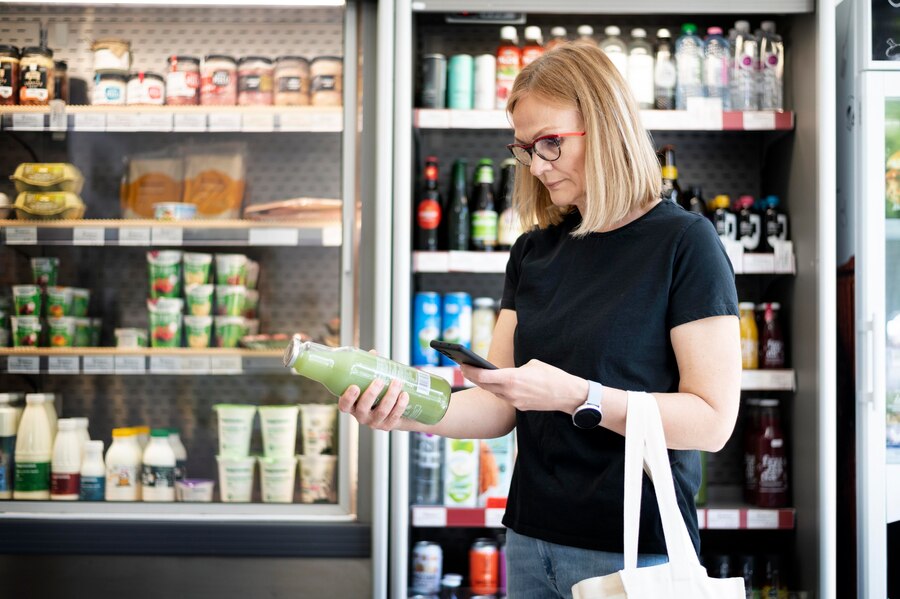
In the ever-evolving landscape of retail, catering to the needs and preferences of consumers has always been paramount. However, with the rise of conscious consumerism and sustainability priorities, understanding the diverse segments within this market is crucial for retailers aiming to thrive in this space. Let’s explore the types of segmentation of consumers based on their sustainability priorities and strategies for industries to cope with this shifting paradigm. Let’s understand consumer segmentation in sustainable retail.
Types of Consumer Segmentation
1. Environmentalists :
These consumers prioritize environmental conservation and seek products and brands that demonstrate a commitment to sustainability. They are likely to choose products with eco-friendly packaging, minimal carbon footprint, and transparent supply chains.
2. Social Activists :
Socially conscious consumers prioritize ethical labor practices, fair trade, and social justice. They support brands that promote diversity, inclusion, and community engagement, and are likely to boycott companies with poor labor practices or unethical behavior.


3. Health and Wellness Enthusiasts :
Consumers focused on health and wellness prioritize products that are natural, organic, and free from harmful chemicals. They seek out brands that prioritize health and well-being, whether through clean ingredients, non-toxic materials, or cruelty-free practices.
4. Budget-Conscious Green Consumers :
These consumers are environmentally conscious but also price-sensitive. They seek affordable sustainable alternatives and value products that offer both sustainability and affordability without compromising on quality.


5. Convenience-Driven Sustainability Seekers:
Convenience-driven consumers prioritize ease of use and convenience but also value sustainability. They seek products that offer eco-friendly solutions without sacrificing convenience, such as reusable or biodegradable options.
Strategies for Industries to Cope with Consumer Segmentation
1. Market Research and Consumer Insights :
Industries must invest in comprehensive market research and consumer insights to understand the diverse segments within the sustainable retail market. This involves analyzing consumer behavior, preferences, and purchasing patterns to identify key segments and their unique needs and priorities.


2. Tailored Product Offerings :
Based on consumer segmentation analysis, industries can develop tailored product offerings that cater to the specific needs and preferences of different consumer segments. This may involve offering a diverse range of sustainable products, from eco-friendly cleaning supplies to ethically sourced clothing.
3. Brand Positioning and Messaging:
Industries should align their brand positioning and messaging with the values and priorities of target consumer segments. This involves communicating sustainability initiatives, ethical practices, and social impact efforts transparently and authentically to resonate with conscious consumers.
4. Partnership and Collaborations :
Collaborating with like-minded organizations, NGOs, and sustainability advocates can help industries reach and engage with target consumer segments more effectively. By partnering with trusted entities, industries can amplify their sustainability efforts and build credibility with conscious consumers.
5. Education and Awareness Campaigns:
Industries should invest in education and awareness campaigns to inform and empower consumers about sustainability issues and solutions. This may involve raising awareness about the environmental and social impact of consumer choices and providing resources and guidance on making sustainable purchasing decisions.


In conclusion, understanding consumer segmentation in sustainable retail is essential for industries aiming to cater to this growing market. By recognizing the diverse needs and priorities of different consumer segments and implementing tailored strategies to address them, industries can effectively navigate the complexities of conscious consumerism and drive positive change towards a more sustainable future.
As sustainability continues to shape consumer preferences and purchasing behavior, industries that prioritize sustainability and embrace consumer segmentation will be well-positioned to succeed in the evolving retail landscape.
IS360 Can be Reached at
Sharing is caring!

